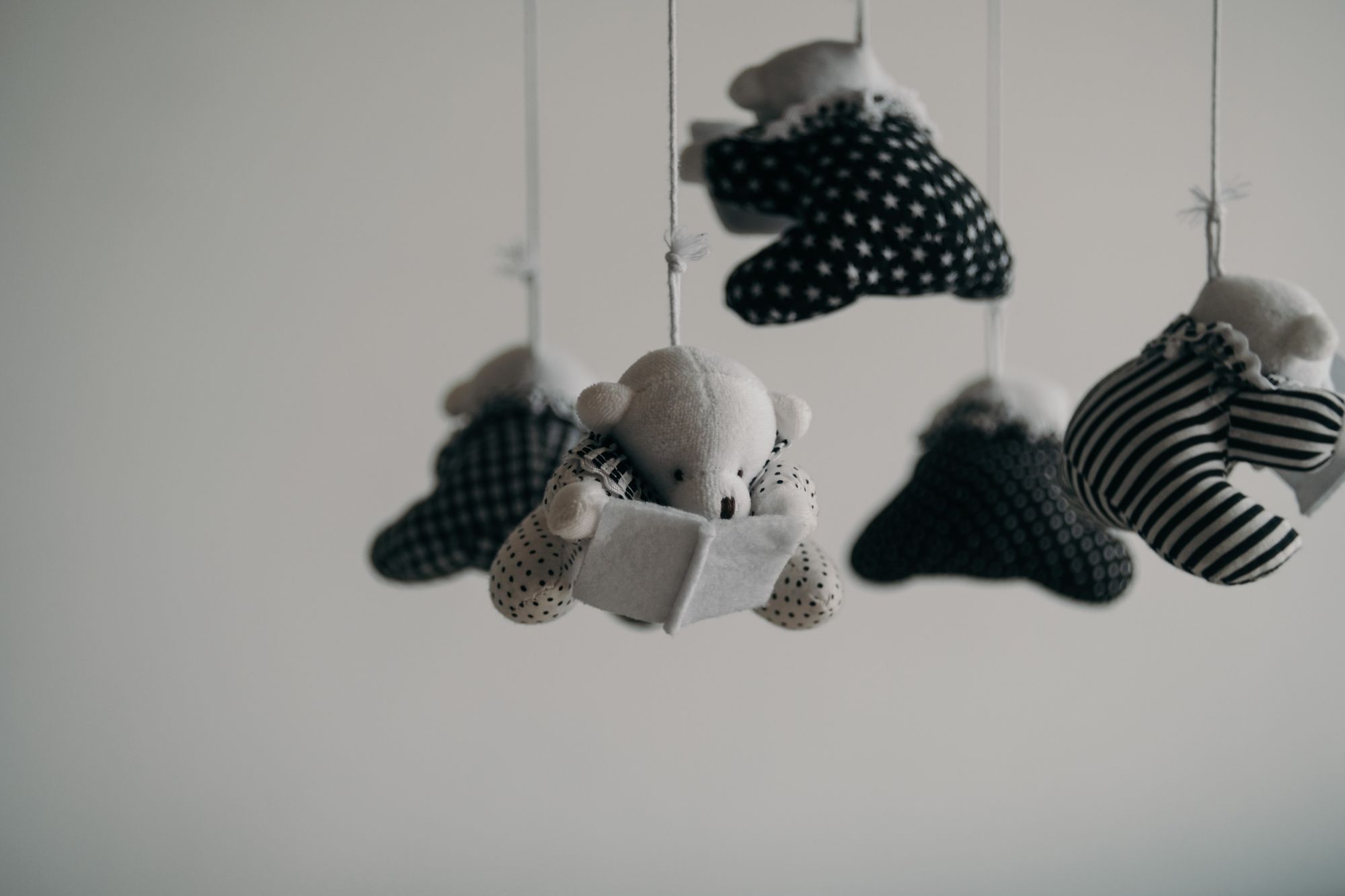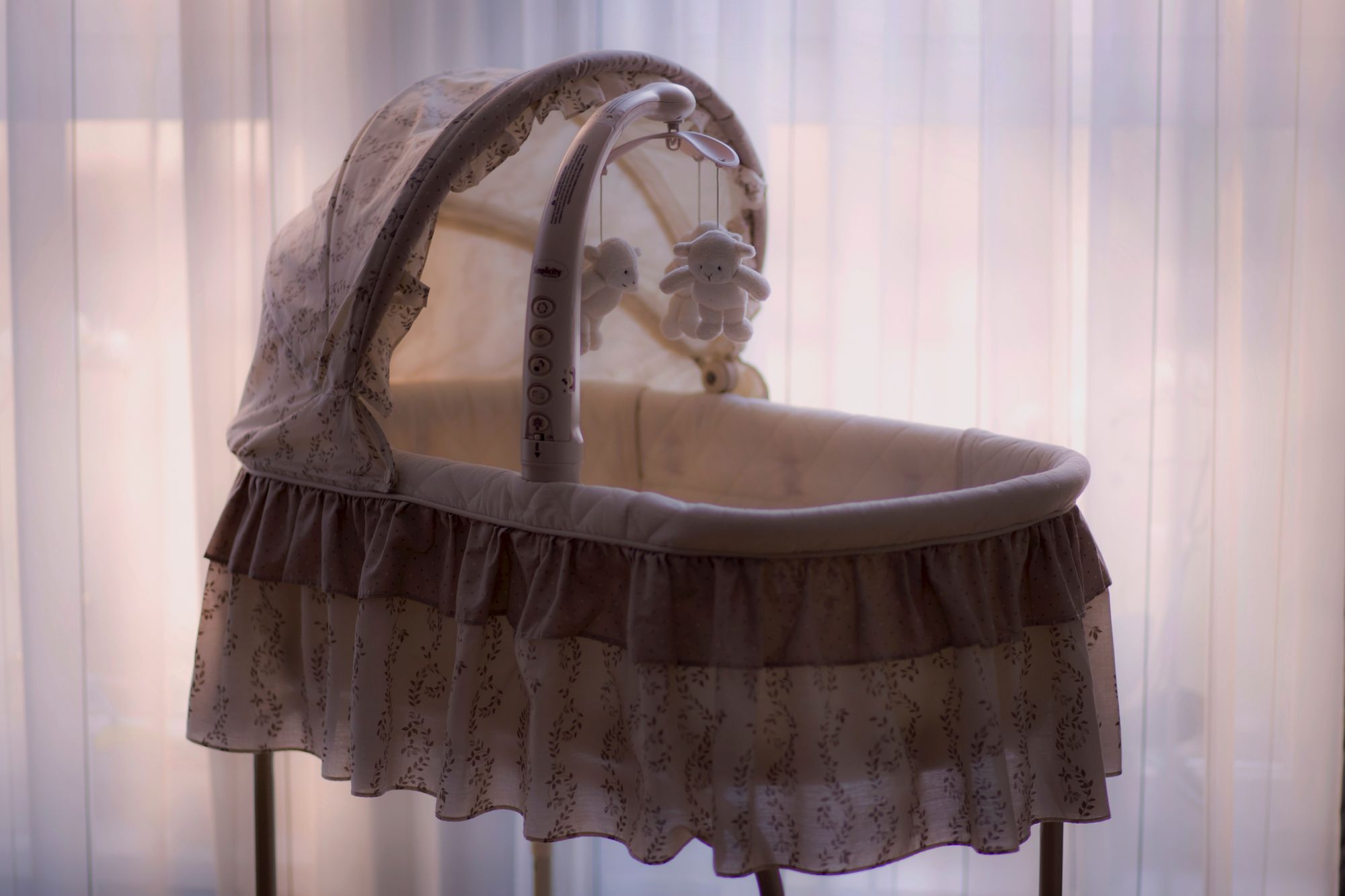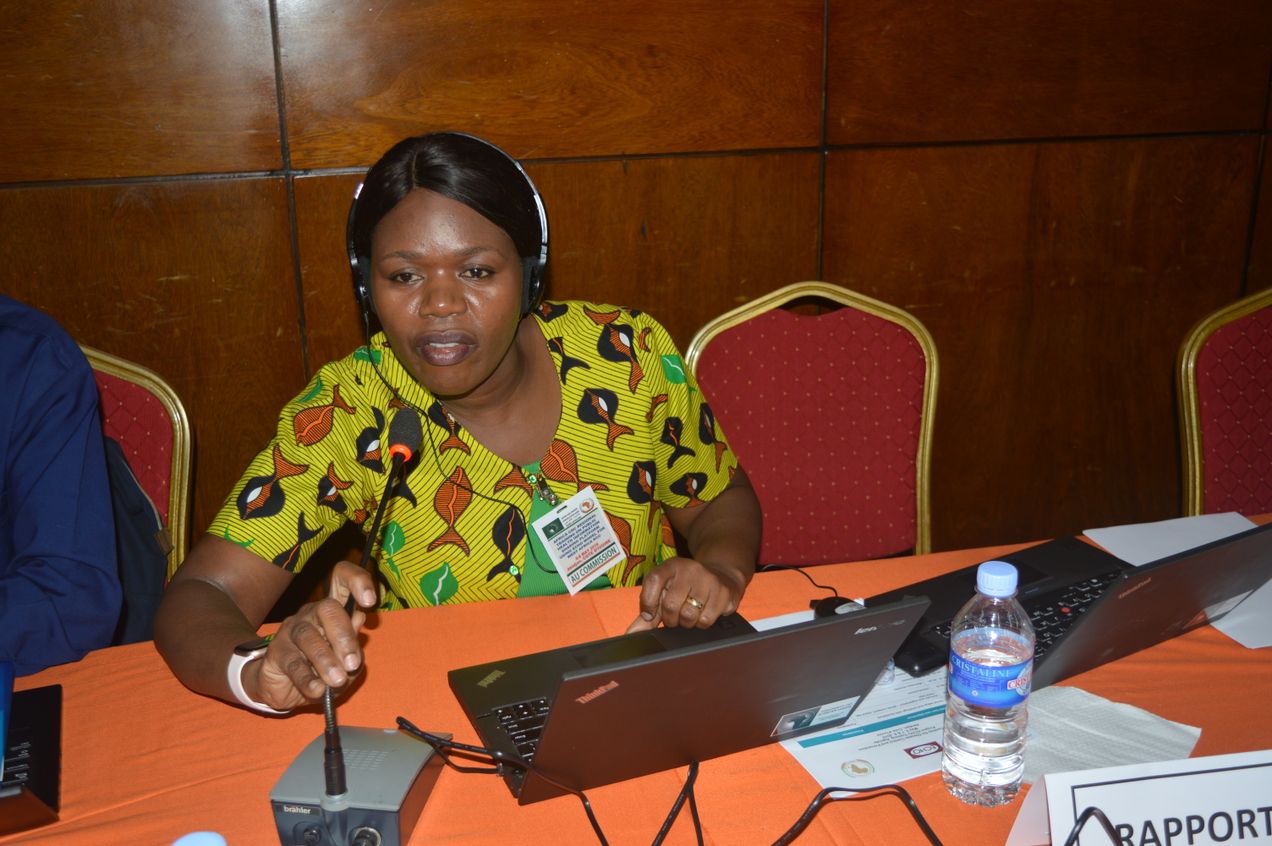
Breast still Best?
For new mothers, the fear of their child getting infected and ill from any virus is particularly heightened during a devastating pandemic. Lutgard Musiine takes look at what studies say about Covid19 and breastfeeding.
Diana had had a smooth pregnancy, with no major morning sickness except for her disinterest for phones. She hated the sound of a ringtone which she found very queer but aside that she ate all that was there to eat. Around the 34thweek she noticed her feet begin to swell rather rapidly. A pit formed in her leg whenever it was touched and it took more than 5 minutes to regain its shape. This had not shaken her until she began having changes in vision characterized by blurred vision and shortness of breath which was odd.
Pre-eclampsia is high blood pressure during pregnancy, her gynecologist explained. It can lead to serious, even fatal complications for you and your baby so we will have to do an emergency C - section to save both you and the baby.
Delivering her baby at 34 weeks was a major scare for her because the questions were too many. She wondered who would make it out alive. “I don’t want to leave my baby so young and I don’t want to lose my baby either doc,” she said amidst tears. She was terrified. That aside, this was happening in the middle of a pandemic and she feared that the COVID-19 virus would chase after them if they survived the operation.
On 7th May 2020 at 2:30am, baby Kyle was successfully born and immediately taken to the nursery. She weighed 2.3kg, with a length of 41.5cm and a head circumference of 29cm. Diana too recovered very successfully and was later discharged from hospital after a week although Kyle had to remain behind. She was instructed to express her breastmilk and bring it to hospital for baby Kyle and also do the skin and skin sometimes called the Kangaroo method.
Despite her pleas to remain at the hospital, she was told it was too risky for her to stay, majorly because there was no space to house her, but also because we were in the middle of a pandemic. She later talked to Kyle’s pediatrician to allow her to bring Kyle formula as she feared that she may be a source of infection for the virus to her little one through breastmilk. To her surprise, she was told that Kyle’s best chance for survival was for him to take the breastmilk and that the risk associated with not breastfeeding outweighed the risk of catching COVID-19.

According to the World Health Organisation (WHO), Breastfeeding is one of the most effective ways to ensure child health and survival including preterm babies. Breast milk is the ideal food for human infants offering vital nutrients that are essential for the normal growth and development of a child which is essential for the establishment of the foundation for a long healthy life. The antibodies contained in breast milk act as the first line of defense against some of the childhood killer diseases. Breast Milk provides all the energy and nutrients a child needs for the first six months of life and continues to provide more of the required nutritional needs of the child as solid food is supplemented during the second half of the child’s life when complementary feeding begins.
We have just concluded World Breastfeeding Week which happens during the first week of August every year. This is an annual celebration dating back to 1991 when the World Alliance for Breastfeeding Action (WABA) was formed, following UNICEF’s Innocenti Declaration of 1990, which formally recognized the importance of breastfeeding for children’s health worldwide. In 1992 World Alliance for Breastfeeding Action (WABA), World Health Organization (WHO), and UNICEF organized the inaugural event intended to promote exclusive breastfeeding for the first six months of a child’s life. Every year, the World Alliance for Breastfeeding Action (WABA) selects a theme to guide the discussions and events of that year. The theme for 2021 was “PROTECT BREASTFEEDING: A SHARED RESPONSIBILITY.”
This comes at a time when the world is grappling with the effects of the global pandemic which has indiscriminately affected all aspects of life everywhere. The theme for 2021 comes in timely as the COVID-19 pandemic has posed several challenges to the provision of newborn nutrition and care interventions including maternal support, breastfeeding and family participatory care due to the fact that many countries have and are still enforcing unprecedented periods of lockdown as a measure to curb the spread of COVID-19.
This calls for increased need for promotion of breastfeeding amidst the COVID-19 pandemic. “Protecting Breastfeeding; A shared Responsibility” as the theme reads has shifted our focus from looking at mothers and health workers alone in regards to promoting breastfeeding to looking across our society and identifying all the contact points with mothers and ways that mothers may be encouraged to breastfeed their babies. This includes community members, guardians, and local leaders. This however leaves several mothers still confused about whether it is safe to continue breastfeeding children in the face of the virus, or whether there exists a risk of cross-infection between mother and child during breastfeeding.

Children like Kyle who are born preterm and are breastfed are less likely to develop intestinal infections but in the era of COVID-19 where parents are unsure of how safe it is to breastfeed, it becomes even more complicated. The Centre for Disease Control (CDC) gives Interim Guidance on Breastfeeding and Breast Milk Feeds in the Context of COVID-19 as updated on June 17th 2021 at the time of writing of this article.
People without suspected or confirmed COVID-19 and who have not been in close contact with someone who has COVID-19, or who have received the COVID-19 vaccine do not need to take special precautions when feeding at the breast or expressing milk.
A breastfeeding person who is not fully vaccinated against COVID-19 should take precautions to protect themselves and the breastfed child when either member of the dyad has suspected or confirmed COVID-19.
Based on a scientific brief that was published on 23rd June 2020 by WHO, there is not sufficient data yet to conclude vertical transmission of COVID-19 through breastfeeding therefore WHO continues to encourage mothers with suspected or confirmed COVID-19 to initiate and or continue breastfeeding noting that the benefits of breastfeeding substantially outweigh the potential risk of transmission of COVID-19. The child and its mother ought to remain together throughout the day and night and practice the skin to skin contact whether either of them is suspected or confirmed with COVID-19 we are guided.
However, as a precaution, mothers are encouraged to observe the standard operating procedures as stipulated by WHO, breastfeed with a mask on at all times especially when suspected or confirmed with COVID-19, observe maximum hygiene by washing hands before and after every feed, wipe and disinfect surfaces as this will reduce on the chances of spreading the virus to the baby. When the mother is unable to breastfeed, expression of breastmilk has been encouraged and this can be given to the child using a spoon and cup by the father of the child or a guardian present who also should observe the recommended Standard Operating Procedures as stipulated here before. This will foster continual exclusive breastfeeding for the child as recommended. Breastfeeding mothers ought to seek early medical intervention as soon as they get any symptom of COVID-19 to avoid further complications.
With the support of her doctor, mother and husband, Diana was able to exclusively breastfeed for the whole time Kyle was in the nursery. Kyle is currently 1 year and 3 months old, very strong and unless you are told that he was born premature, you cannot tell. Diana still breastfeeds as she gives solid food but attests that she would never have fed if it were not for the people around her to reassure her about the safety of Kyle in this pandemic.
The pandemic has not put an end to creation of life, a word of encouragement that you offer to a breastfeeding mother in your neighborhood could go a long way to ensuring there is continued breastfeeding. Let us together create an environment that encourages breastfeeding while reducing the chances of spreading COVID-19. Let us advocate to governments to make policies that encourage exclusive breastfeeding for example, creating breastfeeding corners at workplaces and or nurseries that will enable mothers to come along with their children and continue to breastfeed while at work. This will not only foster continued exclusive breastfeeding as recommended but will also increase the mothers’ work efficiency because they are not necessarily worrying about the welfare of their little ones.
It is our shared responsibility to protect breastfeeding for the good of the next generation.

